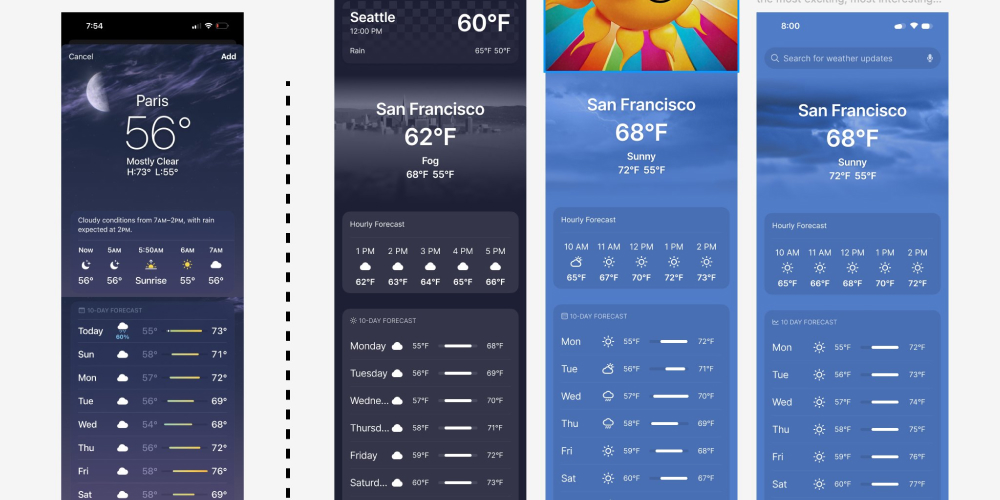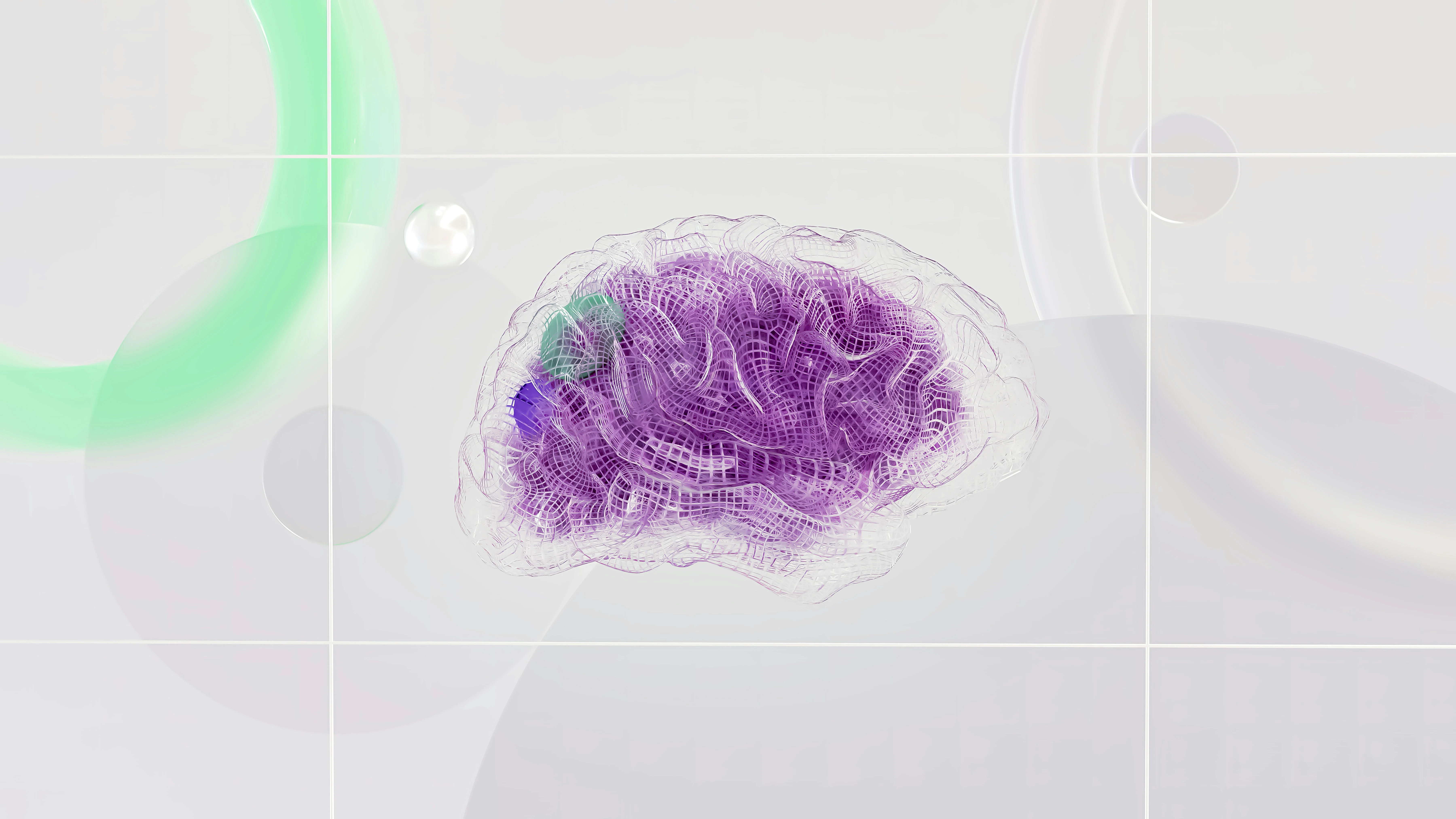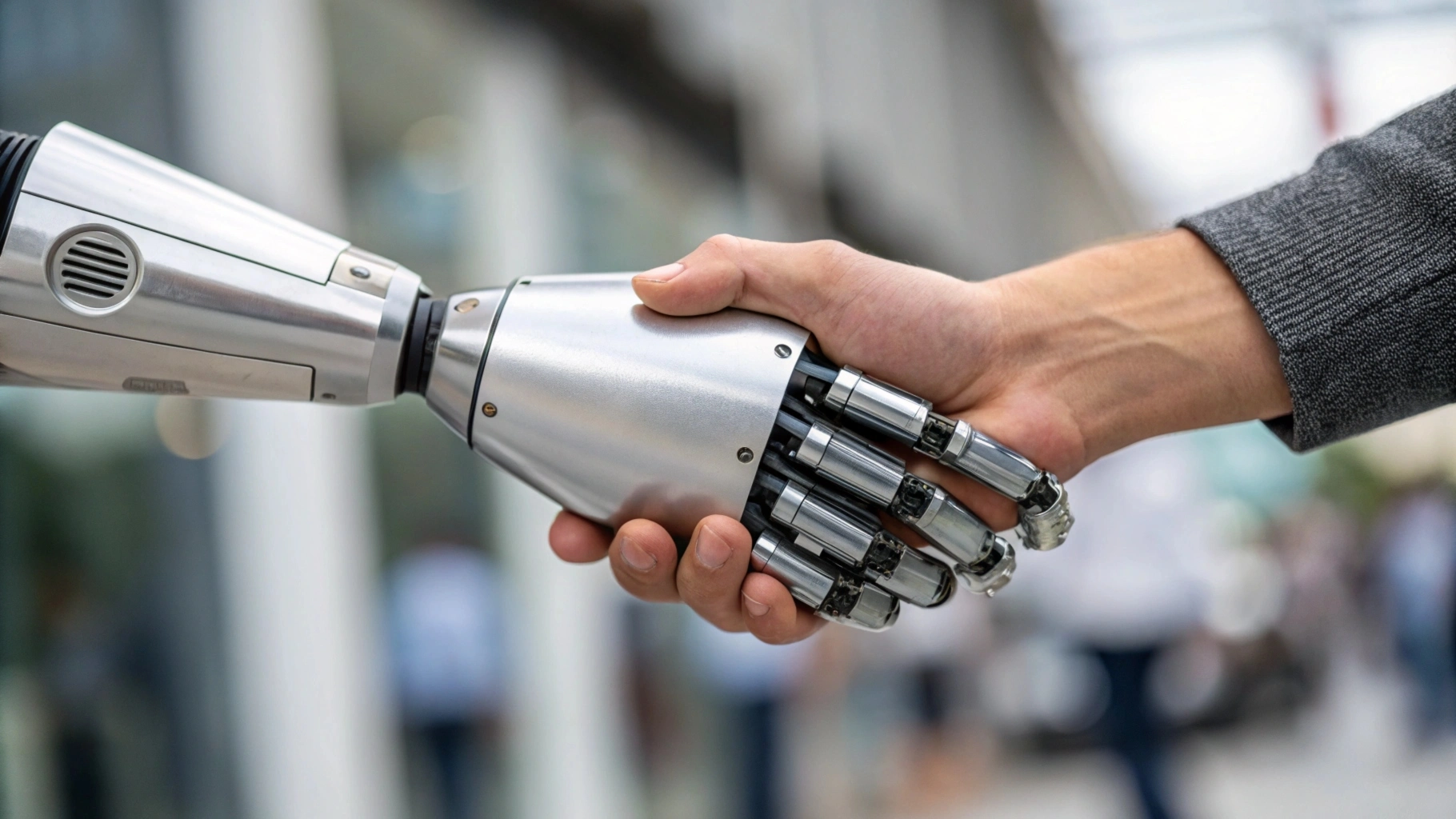Is AI going to steal our jobs?" That's the question shaking up the design world. And you have to admit, it's a fair one. Generative artificial intelligence tools are everywhere, learning at a frightening pace, and now seem to be striking at the very heart of our creative professions. The panic is palpable. We see impressive demos where an AI generates 100 design options in three seconds or turns a vague sketch into functional code. The natural reaction? Anxiety. If a machine can do that, what's the point of a UX Designer anymore? Let's calm down, take a breath, and separate the buzz from the reality. AI is not a replacement; it's a co-pilot. A sometimes impressive assistant, it's true, but often very mediocre. It will automate the "mechanical"—the repetitive and predictable tasks—but it can never replace the beating heart of our profession: empathy, strategy, and human vision.
Table of contents
The Myth of the "Creative" AI: Why Generated UIs are Generic
The first point to clarify is that AI doesn't "create" in the human sense of the word. It "remixes." Its superpower is pattern recognition. It has been trained on millions of websites, applications, and Dribbble shots. The result? It's very good at producing generic designs that look... well, like everything we've already seen.
It's clean, it's fast, but it's soulless. It's design by consensus, the average of everything that exists.
AI has no "taste," no opinion, and no originality. It doesn't know why it chooses a blue button over a green one, beyond a simple statistical probability based on its training set. It has no "point of view" on design, no intention.
And technically? Let's be clear: for now, an AI won't deliver a clean Figma file with perfect auto-layouts, proper constraints, and component variants. And even less so a complete, functional, and coherent Design System. It creates an "image" of a design, a static visual proposition, not a strategic and scalable working tool.

AI as a "Super-Assistant": Where It Will REALLY Help Us
Okay, so AI isn't an art director (yet). However, it is a formidably efficient assistant. It's not a threat; it's a lever. A lever that will finally free us from low-value-added tasks to focus on what's essential, where our brains make the difference.
Here's where it already shines:
-
In User Research: You have 50 user interviews to analyze? AI can transcribe, translate, and, most importantly, summarize the major friction points in minutes. Instead of spending three days highlighting verbatims, the AI groups recurring themes and associated sentiments for you. It's a colossal time-saver.
-
In Design (Wireframing): Need to explore an idea? AI can generate 10 variations of a wireframe in 30 seconds. 9 of them will probably be useless because they won't understand the strategic context. But the 10th might unlock a new path you hadn't thought of, simply by proposing a different structure. It's a quantity generator, not a quality one, but it's perfect for initial brainstorming.
-
In Prototyping and Handoff: This is perhaps where the revolution is most concrete. Tools (like the new Figma Make feature) now make it possible to transform a static design into a functional interactive application. The benefit is twofold:
-
Accelerated User Testing: We can create a realistic prototype in record time to put in users' hands. What used to take days of manual prototyping to simulate complex interactions now takes a few hours. This means we can test more, and iterate much faster.
-
Handoff to Developers: No more 12-page animation specs and looped MP4s. Developers can see (and even inspect the code for) the expected behavior. The friction of "translating" design into code is drastically reduced, and the back-and-forth diminishes.
-
What Remains 100% Human (and What AI Can't Touch)
If AI is handling the "grunt work," what does the designer focus on? On everything that constitutes our true value. On everything that isn't "mechanical."
1. Strategic Empathy AI can simulate empathy, but it doesn't feel it. It has no emotional intelligence, no lived experience. It can't sit down with a user and understand their frustration, read between the lines of what they're not saying, or grasp their cultural, social, or emotional context.
It can check if a contrast meets WCAG accessibility standards, yes. That's a simple mathematical calculation. But it can't understand the lived experience of a visually impaired person and design a solution that is not only compliant, but pleasant and dignified to use. It can't imagine the frustration of a screen reader user facing a "pretty" but semantically empty interface. As long as we design for humans, in all their diversity, we will need humans.
2. The "Why" (Pure Strategy) This is the fundamental difference: AI is an ultra-fast executor; the designer is a strategist. AI can answer "How to make this screen?" but never "Why are we making this screen?"
Defining the product vision, running a workshop to align stakeholders with divergent opinions, understanding the real business goals hidden behind a "feature" request, challenging a roadmap that doesn't serve the user... all of this falls under human strategy, communication, negotiation, and intuition. It's not a data problem; it's a human problem. This is the heart of any effective UX strategy.
The Future: The UX Designer Becomes a "Pilot"
The job isn't disappearing; it's "augmenting." It's getting a promotion.
The best analogy is the advertising industry in the 1980s. To make an ad, you needed 18 people: an art director, a copywriter, a photographer, an illustrator, a typesetter, a retoucher, a courier... The arrival of the Mac and desktop publishing automated 16 of these "mechanical" roles.
Who survived? The art director and the copywriter. The strategists. The "pilots." Their value even increased because they could now execute their vision directly, without 16 intermediaries.
This is exactly what's happening to us. AI isn't replacing the designer; it's replacing the Figma operator. Our role is shifting from "Pixel Producer" to "Systems Pilot" and "Experience Architect." The key skill of tomorrow will no longer be mastering a tool perfectly, but knowing how to ask the AI the right question to get 80% of the grunt work done, and using our human expertise for the 20% that makes all the difference.
Conclusion: AI Is a Tool, Not a Threat
In the end, AI will not replace good UX Designers. It will replace designers who refuse to use it.
It's a paradigm shift, yes, but so was the personal computer or the arrival of Figma. It's a fantastic tool. It's a liberation. AI gives us the chance to stop being "pixel-pushers" and finally focus 100% on our true added value: strategy, empathy, and solving complex human problems.
Is AI disrupting your projects, and you're not sure how to integrate it to truly improve your product? Let's discuss it during a free consultation to see how our human expertise, can make the difference.

